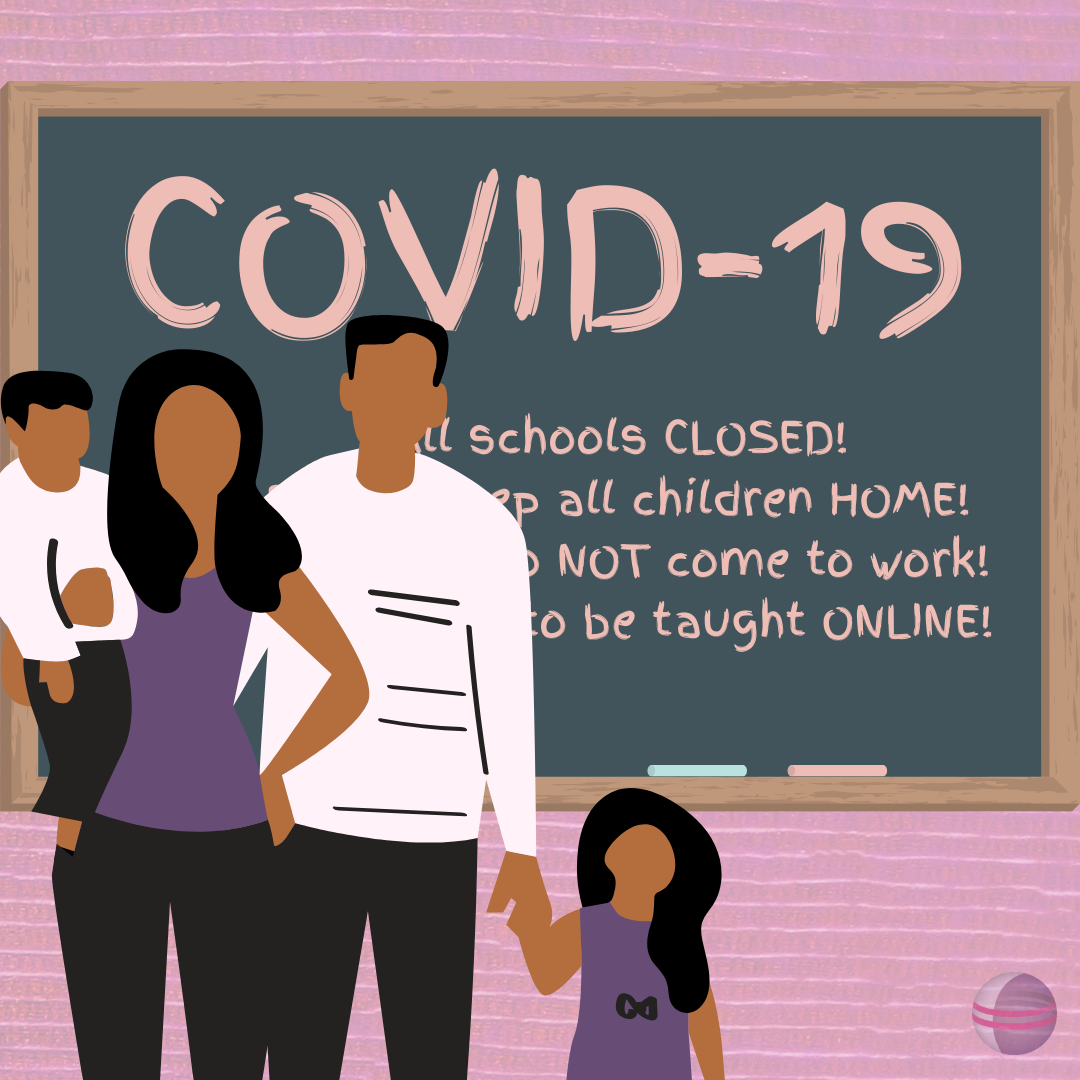COVID-19, the respiratory illness rampaging through the U.S., is now at nearly 600,000 reported cases nationwide with a national death toll topping 20,000. According to the CDC, the virus spreads from person to person, mainly through respiratory droplets (via coughing or sneezing) and close contact between people within about six feet. Precautionary measures have been taken to slow the spread of the disease, including limiting gatherings of people: this means shutting down businesses and schools and moving to virtual platforms.
Those most impacted are typically lower income families that have lost sources of income or whose breadwinners are risking their health and safety for minimum wage jobs that are now deemed essential, yet aren’t being paid any more. Many of these families’ day-to-days depend on public school programs like income-based free/reduced meals. More than 67% of the 31 million U.S. public school students who eat school lunches depend on this program. For many, these meals are their main source of daily nutrition. In order to offer support for these students, the federal government signed the Families First Coronavirus Response Act into law on March 18. In part, this emergency relief bill provides additional funding to temporarily expand programs including SNAP (Supplemental Nutrition Assistance Program) and WIC (Supplemental Nutrition Program for Women, Infants, and Children). In addition, the economic stimulus package signed on March 27 will distribute checks of $1,200 to individuals making up to $75,000 annually, with additional allotments for those caring for children ($500 extra for each child under the age of 17). The bill also increases jobless aid benefits, extending these by 13 weeks.
While these efforts will help support families, we can’t help but think of how little this one-time check will help in the long run. With rent to pay, medical expenses to cover, and groceries to buy, how will those without income due to work closures get by? The answer: many will not– demonstrating yet another American “safety net” with far too many holes in it. Families and school-aged children will suffer because certain members of Congress think that jobless aid benefits are so “generous” that they may discourage people from working altogether. The government must do more to protect the future of our country: students and children. The question at hand now is, how are cities, communities, schools, and local governments protecting the children (and their guardians) that are most vulnerable in these times?
COVID-19 school closures have severe consequences for students and parents, and public school administrations have been cautious in their approaches to ease these struggles. New York City schools were initially hesitant to close for fear of students going hungry without free or reduced lunches. In Seattle, the public school system set up tents outside of the first few schools that closed in order to provide bagged lunches for students in need. Now, as all schools in the 55,000-student district have physically closed, officials and staff have been scrambling to set up more tents to provide each school’s low-income students with the food they badly need. Other cities like Chicago, D.C., and Oakland are offering “Grab & Go” meals, packages of boxed food that can be picked up from local schools. Chicago public schools are also offering three days of breakfast and lunch, depending on available resources. Other schools are utilizing bus drivers who are making their regular routes in order to distribute meals to students who would otherwise go without.
As the coronavirus rapidly spreads throughout the U.S., resources available to the most vulnerable populations have decreased despite local organizations and businesses attempting to do their part in providing assistance to community members. Food banks and community organizations are scrambling to provide enough food and supplies to families as donations stop coming in. This pandemic of massive food insecurity has highlighted the large amount of poverty and need in this country: some people are dying of COVID-19, many are going hungry, and even more find themselves without jobs– a loss of income that for many means not having enough food to support their families and children.

